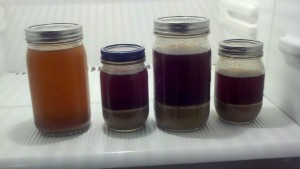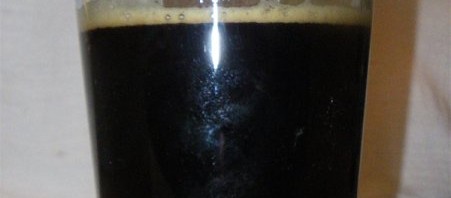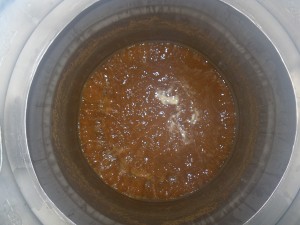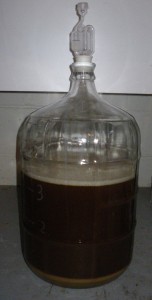Brewing beer is an exercise in patience. I’ve heard urban legends of homebrewers on top of their game who had a beer ready to drink in a week. Seven days from brew day to force-carbonation and enjoyment. I can’t help but wonder if they are just legend or if beer can actually be turned around that quickly(I know they can). I know it is not possible when you bottle-condition your beer, as I do.
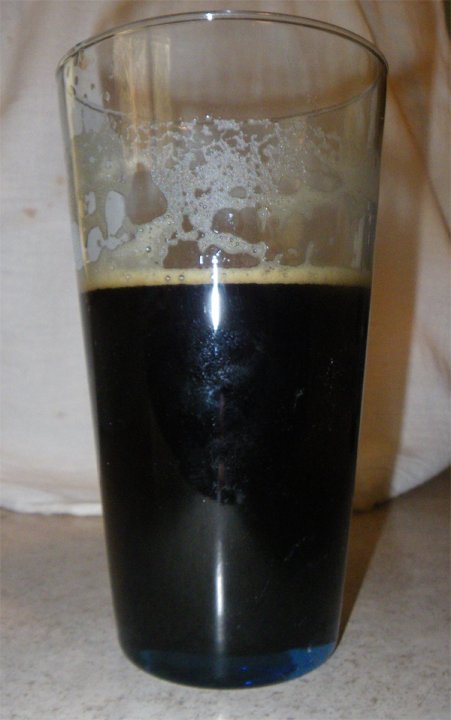 I brewed a batch of porter on Memorial Day, 2012. I bottled it two weeks later, and made the mistake of trying it one week after that. I don’t know if it was the roasted malts or the yeast, but the beer literally tasted like sucking on a penny. If you haven’t tried it, make sure you don’t suck on a nice, shiny one, get one of the old, brown, funky-looking pennies. The flavor is quite strong, metallic and makes my mouth pucker up something fierce.
I brewed a batch of porter on Memorial Day, 2012. I bottled it two weeks later, and made the mistake of trying it one week after that. I don’t know if it was the roasted malts or the yeast, but the beer literally tasted like sucking on a penny. If you haven’t tried it, make sure you don’t suck on a nice, shiny one, get one of the old, brown, funky-looking pennies. The flavor is quite strong, metallic and makes my mouth pucker up something fierce.
Of course, I started freaking out. It did not taste like beer. Much less, this did not taste like anything I wanted to drink. This was a deep, dark abyss of disappointment. It looked so promising on the pour; the head was small which is appropriate for a porter, the color was black as midnight, but flavor was so off I couldn’t even finish my glass of beer.
I started doing research for the cause of the off flavor: infection by bacteria, over-milling grain, sparge water too hot, etc, etc. There were so many possibilities available, my head was spinning. Most of the possibilities were eliminated due to knowing my process, but the one that wouldn’t go away was the possibility of infection. I was distraught.
The actual cause of the off flavor can be attributed to something I did not find online: impatience. With pale ales and the like, you can get away with drinking them the week after they are bottled, they just may lack carbonation. Not a big deal. Apparently, at least with this batch, dark beers do not fare as well.
I talked to members of my homebrew club and the owner of a local homebrew shop, but no one had a solution or advice. Starting to think I was going to have to uncap and dump the whole ten gallons, I tentatively sampled the beer after another week. The off-flavor was less, but still strong. At least I could finish this bottle.
I was so upset, it took me nearly two additional weeks before I worked up the fortitude to try another bottle. There was no off flavor. It actually tasted pretty good. There was rich, toasted malt sweetness with a noticeable bitterness. It came off much more like a stout than what I think of as a porter, but I enjoyed it.
Of all the beers I’ve made so far, this is the recipe several people have told me is the best I’ve made so far. And to think I almost dumped all ten-plus gallons of it after one week in the bottle. Patience saved a lot of enjoyment.
Do you have a brewing story where a little patience was a good thing? It doesn’t have to be with carbonation, maybe it was waiting a few extra seconds before writing off your sparge as stuck or something similar.
Share your stories in the comments below.
